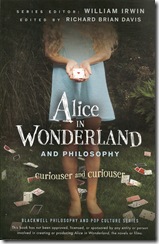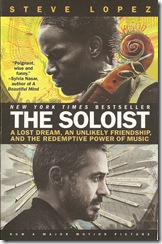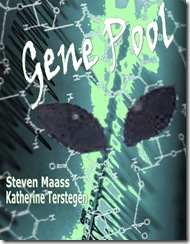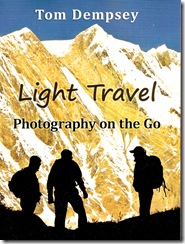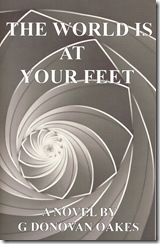
Though there are a few math brain teasers scattered throughout, the theme of the first novel by longtime Butte College math instructor Gary Oakes is not how things add up but how, inevitably, they don't. "The World Is At Your Feet" ($14.95 in paperback from Long Shot Books) by G. Donovan Oakes (http://www.gdonovanoakes.com) takes place during the summer of 1959, a time of growing racial tensions.
The New York City Chamber of Commerce has set up a remediation program for black high school kids in Harlem. Four young grad students have volunteered to teach them English and math. Two of the first-time teachers are caucasian, Jim Sage of New York and Sam Maguire from Chicago. Hikoji ("Hi") Okamoto, from Sacramento, has parents who spent time in relocation and internment camps for Japanese-Americans during World War II. Then there's Harlem-based G, suspicious of the newcomers, convinced they know nothing of the rage and despair of their surroundings.
There's prejudice on every hand. Jim realizes that in his class discussion of "Lord of the Flies," "the pig's head represents something evil. The author doesn't explicitly say this. He said how black the teeth are, how black the flies are. . . . He equates black and evil. . . . I'm staring at twenty-five black faces staring back at me. . . . They always told us in school," Jim tells Sam and Hi, "that words have power, but this is the first time that my language has . . . deceived me, misdirected that power."
Jim's blue collar parents don't understand what Jim is doing, and Jim is angered by his father's racist language. "Your mother and I experienced a lot of change," Robert tells his son, "but we had very few choices. Life overpowered us. It just carried us along. We did the best we could."
Jim has "the world at his feet," but his choices do not come in a vacuum. As the author comments at the end, "ideals by themselves don't render a realistic, coherent guide to action in the world. They must be woven through the fabric of our lives, . . . clashing until a viable reconciliation is achieved. Then each day we must live with the consequences." You do the math.
